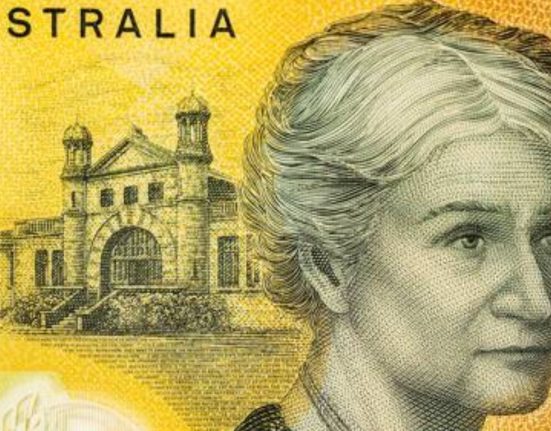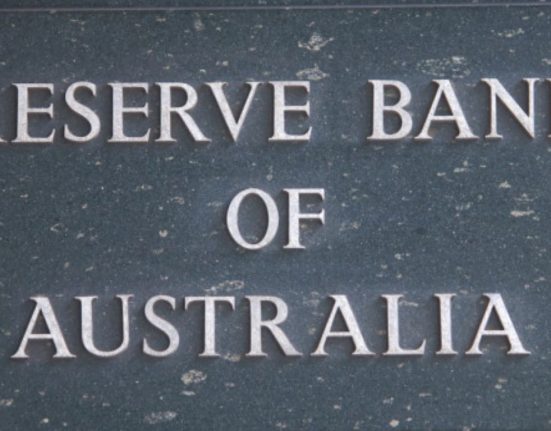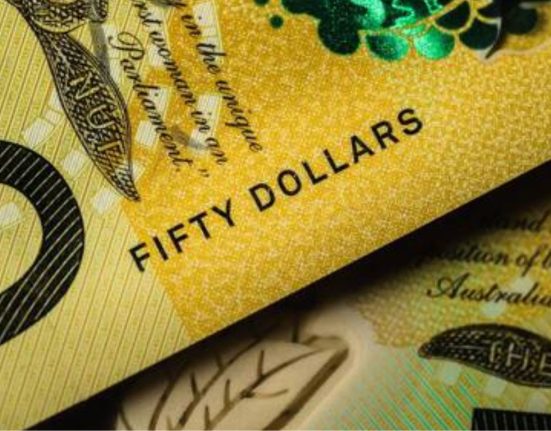The AUD/USD pair continues to face persistent challenges in breaking above the key resistance level of 0.6680. Despite the Reserve Bank of Australia’s (RBA) recent hawkish stance and optimistic commentary on the Australian economy, the currency pair has been unable to gain significant upward momentum. In this article, we delve into the factors influencing the strength of the Australian dollar and examine the impact of the RBA’s commentary on the AUD/USD pair.
Global Economic Conditions and Currency Performance:
Global economic conditions play a vital role in determining the performance of currency pairs, including the AUD/USD. The Australian dollar’s strength often depends on factors such as commodity prices, global trade dynamics, and economic indicators from major economies like China and the United States. Traders closely monitor these factors to gauge the potential direction of the AUD/USD pair.
RBA’s Hawkish Commentary Highlights Economic Optimism
The RBA recently expressed a positive outlook for the Australian economy through its hawkish commentary. The central bank highlighted improvements in domestic economic indicators, including robust employment data and a rebound in business activity. This optimistic sentiment typically provides support for the Australian dollar. However, the impact of the RBA’s stance on the AUD/USD pair has been limited by other factors.
Resistance Level at 0.6680 Hinders AUD/USD Breakout
Despite the RBA’s hawkish stance, the AUD/USD pair has struggled to break above the immediate resistance level of 0.6680. This resistance level has proven to be a significant barrier, preventing sustained upward movement for the currency pair. Traders and investors closely monitor this level as it indicates a potential shift in market sentiment and the possibility of a bullish trend.
Role of Technical Analysis in Assessing the AUD/USD Pair:
Technical analysis is a valuable tool for traders to assess price patterns and predict future market movements. In the case of the AUD/USD pair, technical indicators suggest a bearish outlook. The failure to breach the resistance level of 0.6680, combined with indicators such as moving averages and the relative strength index (RSI), signals a lack of buying momentum for the Australian dollar. Traders incorporate technical analysis into their strategies to make informed trading decisions.
Market Sentiment and Risk Aversion:
Market sentiment and risk aversion significantly influence currency performance. Recent global uncertainties, including geopolitical tensions and trade disputes, have increased risk aversion among investors. As a result, traders tend to seek safe-haven assets like the US dollar, which can exert downward pressure on the AUD/USD pair. This risk-averse sentiment acts as a headwind for the Australian dollar, making it challenging for the currency pair to surpass the resistance level.
Commodity Prices and Chinese Economy:
The Australian dollar exhibits a strong correlation with commodity prices due to Australia’s significant commodity exports, particularly in sectors like mining and agriculture. Changes in commodity prices, influenced by global demand and supply dynamics, can impact the AUD/USD pair. Moreover, as China is Australia’s largest trading partner, fluctuations in the Chinese economy can have a substantial effect on the strength of the Australian dollar.
Interest Rate Differentials and Monetary Policy:
Interest rate differentials between countries play a critical role in currency valuation. The RBA’s hawkish commentary reflects a potential shift in monetary policy, which could influence the long-term strength of the Australian dollar. However, short-term market dynamics and global factors often overshadow the impact of interest rate differentials, leading to challenges for the AUD/USD pair in breaking above the resistance level.
Conclusion:
Despite the RBA’s hawkish stance and optimistic commentary, the AUD/USD pair continues to face challenges in breaking above the resistance level of 0.6680. Global economic conditions, technical indicators, market sentiment, commodity prices, and interest rate differentials all contribute to the struggles of the Australian dollar. Traders and investors closely monitor these factors to gain insights into the potential future movements of the AUD/USD pair in the dynamic foreign exchange market. By considering these factors, market participants can make informed decisions and adapt their trading strategies accordingly to navigate the ongoing challenges facing the AUD/USD pair.










